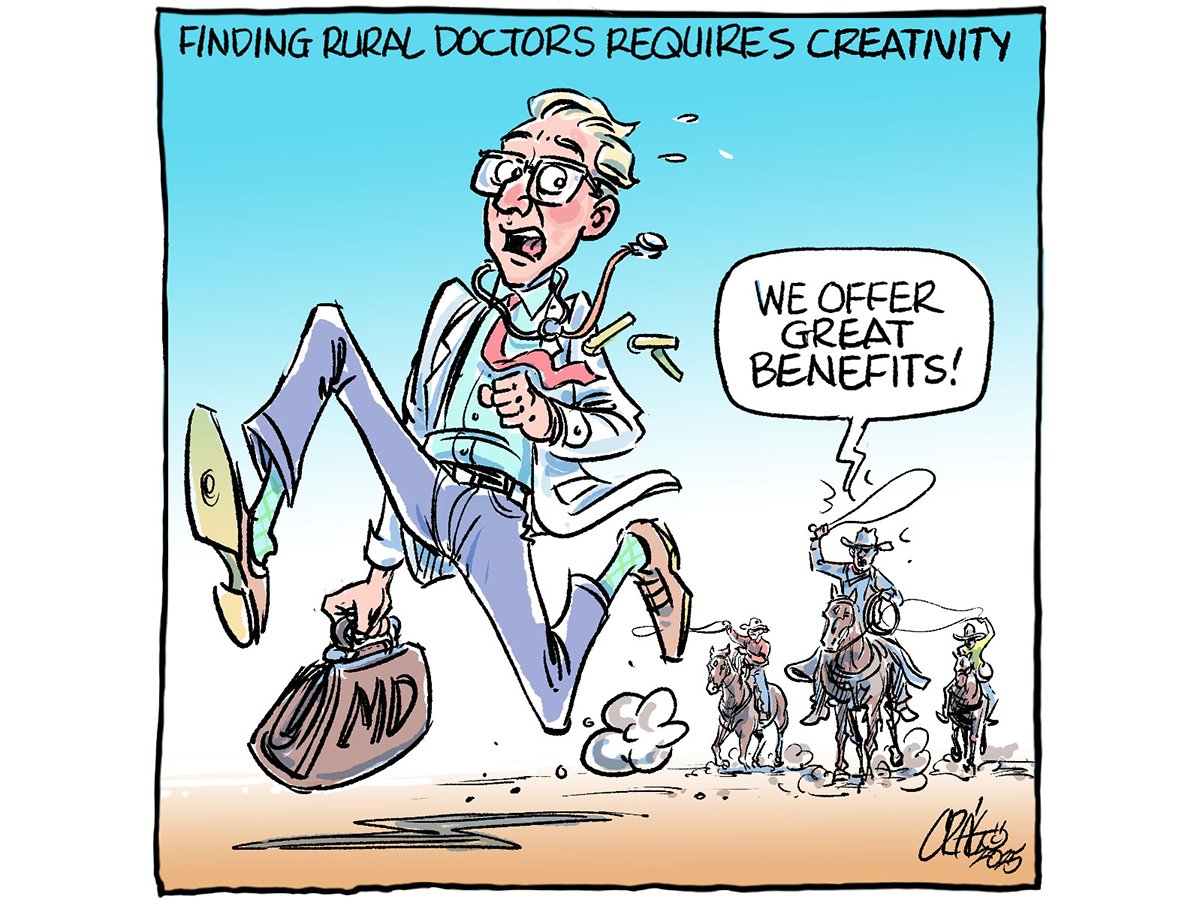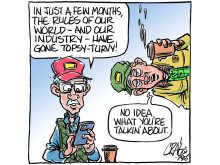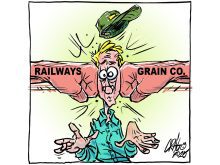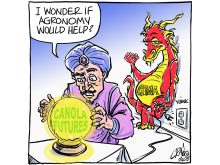Rural communities face many challenges, and one of the most vexing is a shortage of doctors.
A variety of solutions have been tried over the years, including incentive grants and help with accommodation and child care, to entice doctors to practice in smaller communities.
And yet the problem persists.
Read Also
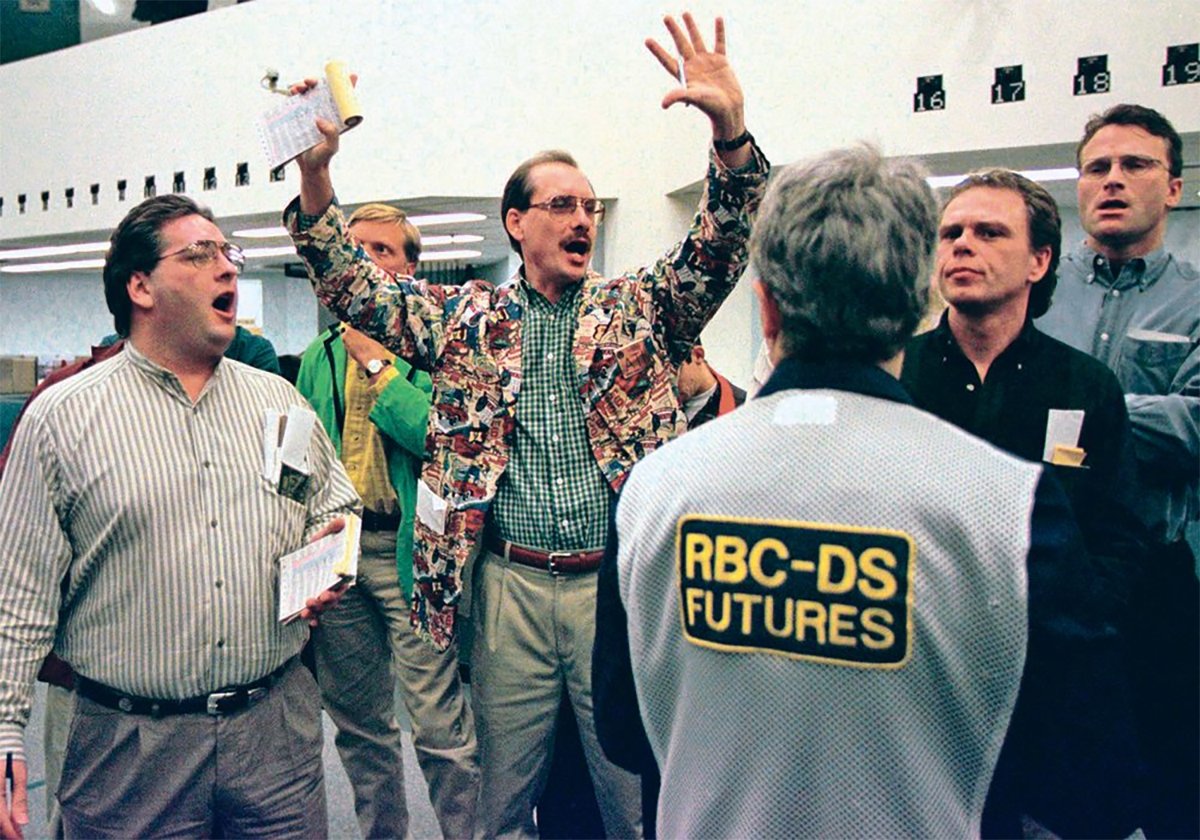
Farm market reports have come a long way since days of radio
The prominence of broadcast radio has faded over the years, but the market information in old recorded reports remains as essential as ever.
Now there might be a possible answer, arriving all the way from the West Coast.
Colwood is a small city of around 20,000 people in the Greater Victoria Area.
Its doctor shortage solution was to set up its own clinic and hire doctors and clinic staff as municipal employees, similar to those who work for the fire department.
The city intends to bill the provincial health plan for the services provided by its doctors and then use that money to pay the doctors and staff as well as the costs of operating the clinic.
Colwood met resistance from provincial health officials when it introduced the idea, but it eventually received approval and is now ready to hire its first doctor.
The plan is to eventually have eight doctors on staff.
The city insists that the municipal health clinic will not require additional tax dollars.
It’s a bold idea that will be interesting to watch as it unfolds.
Could such an idea work in rural communities on the Prairies?
Keep in mind that Colwood, while only having a population of 20,000, is part of a much greater metropolitan area.
It’s no Stettler, Alta., or Nokomis, Sask.
How would a municipally owned medical clinic work in these places?
While small towns on the Prairies may find it daunting to take on such a task on their own, maybe they could make it work if they partnered with neighbouring municipalities.
These partnerships are already common, such as regional parks, where a handful of rural and small urban municipalities come together to offer recreational opportunities for their citizens.
Another example are the regional boards set up in Manitoba to directly hire veterinarians.
As well, at least one rural community in Manitoba has set up a clinic that then contracts services from a more conventional clinic.
However, while there is a Prairie precedent for the Colwood model, there would also be challenges.
Colwood was able to receive approval from the provincial NDP government, but would more conservative governments on the Prairies, with their aversion to government competing with the private sector, be as accommodating?
If the residents of a particular rural community were interested in setting up a municipal medical clinic, then they would have to convince their provincial government of the merits of such a plan.
After all, the reason communities would be entertaining such an idea is because the private sector, in the form of doctors running their own clinics, wasn’t providing enough service in the first place.
That argument might work.
There are other more fundamental challenges facing such an attempt.
Some doctors might be willing to move to a small town if they didn’t have to worry about the administrative headaches that come with running their own clinic, but many doctors today simply aren’t interested in living in a rural community.
It would also not address the overall family doctor shortage in this country.
But for rural communities looking for a way to attract more doctors, considering a municipally owned medical clinic might be a place to start.
Karen Briere, Bruce Dyck, Robin Booker, Paul Yanko and Laura Rance collaborate in the writing of Western Producer editorials.

